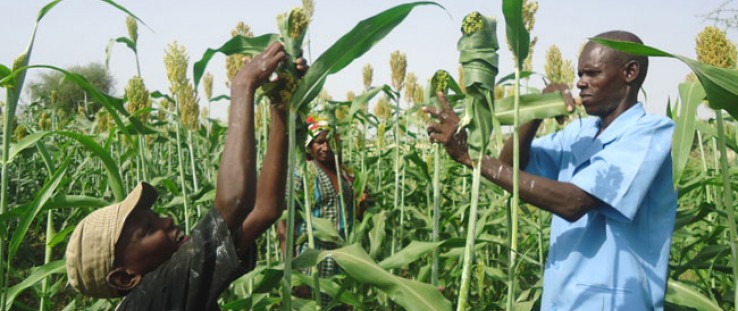 Hamidou Ly, right, and son Mamadou work in their sorghum field cultivated with conservation farming techniques. They are wrapping the most promising of the plants for easier identification at harvest.
Oliver Asselin
Hamidou Ly, right, and son Mamadou work in their sorghum field cultivated with conservation farming techniques. They are wrapping the most promising of the plants for easier identification at harvest.
Oliver Asselin
 Hamidou Ly, right, and son Mamadou work in their sorghum field cultivated with conservation farming techniques. They are wrapping the most promising of the plants for easier identification at harvest.
Oliver Asselin
Hamidou Ly, right, and son Mamadou work in their sorghum field cultivated with conservation farming techniques. They are wrapping the most promising of the plants for easier identification at harvest.
Oliver Asselin
MATAM, Senegal—Hamidou Ly looked up at the sky and shook his head. For weeks, the year’s anticipated rain hadn’t arrived. Finally, one day he felt a drop, then several more, and raised his arms to the heavens. The rainy season had come, albeit late and ultimately infrequent, but Ly wasn’t worried.
At harvest time, he and his fellow “lead farmers” in this remote village in Senegal’s extreme north region of Matam had a surprise for their fellow cultivators: an increase in production despite the substandard precipitation.
“Only a little rain came this year, but we’ll still have enough food!” Ly exclaimed, expressing hope despite the grim outlook for cereal harvests debated across Matam at the outset of the growing season.
Ly is one of a small group of farmers in the district who piloted conservation farming techniques in their sorghum fields this year. Conservation farming involves minimally disturbing the soil, which is essential to maintaining minerals, stopping erosion and preventing water loss. Tilling, once thought to increase soil fertility, is now understood to have the opposite effect, while also increasing erosion. By tilling less soil, the farmer saves time and labor while retaining more organic matter by disturbing less top soil.
Another tenet of the method is to rotate crops yearly. Crop varieties are unique in the nutrients they require and the pests they attract. Rotation keeps populations of insects down and nutrient levels more balanced.
Conservation farming can help communities survive and even prosper in the face of fickle growing conditions, and was introduced by USAID in Senegal under the U.S. Government’s flagship food security initiative, Feed the Future.
For USAID, focusing on resilience in vulnerable areas of Senegal and in other countries in the Sahel promises to help households, communities and systems to manage and recover from drought or other shocks without suffering lasting negative impacts—in ways that encourage economic growth.
Conservation farming forms one part of a climate-smart agriculture strategy, which also includes developing improved seed strains and micro-dosing fertilizers with nutrients to promote stronger growth. Such innovations not only provide an economic boon in vulnerable areas, but taken together with initiatives to strengthen local governance, civic institutions, and health practices will help lift entire communities out of poverty.
An Agent of Progress
Sokhna Gueye Thiam, a USAID facilitator for the village, found the 44-year-old Ly to be a dynamic, rigorous and skilled cultivator with an outstanding commitment to his community, and chose him as an extension agent of the Federation of Fouta Development, a union of producer organizations supported by USAID.
In this capacity, Ly covers the entire rural community of about 1,200 people and ensures regular monitoring of farms in two villages, where 11 pilot producers who have applied conservation agriculture techniques this year have seen similar results.
Up at dawn, Ly tends his own fields before making daily rounds to the other farmers’ plots, where he assesses the progress of his colleagues’ cultivations, offers comments and counsel, and provides critical monitoring information to USAID as it follows the progress of the dozen experimental fields.
“Ly is a great asset to his fellow farmers,” said Thiam. “We have helped him become a specialized trainer in income generation, and he encourages his colleagues to approach their agricultural activities more like a business by tracking their input expenditures and calculating their potential production.”
With the able help of his 13-year-old son Mamadou, Ly tills about a hectare and a half of okra, hibiscus, rice, sorghum, cowpea and melon. Having scrupulously applied all the conservation farming techniques he learned from USAID training, he has witnessed a remarkable increase in yield on the third of his plot cultivated using the new resilience-based approach.
“Conservation agriculture training convinced me of the importance of being ready for planting in time for the first rainfall,” Ly said. “That first rain is like the first feeding of a newborn baby, it’s that essential for rapid growth of all my crops.”
Despite having used the technique on just a third of his land, Ly estimates he will harvest enough grain to feed his family of six throughout the next year without having to purchase additional food during next year’s rainy season.
Next season, Ly said, he will practice conservation farming on all his land and he’s already preparing, looking to buy a “ripper.” The ripper helps producers dig lines through the soil with little to no till. Targeting organic matter on the line reduces fertilizer use and retains moisture in the soil, helping plants to survive climactic stresses.
Using the technique on all his land, Ly estimates he can grow enough sorghum for his family while having a significant surplus to sell at the market.
Eliminating Chance
Introduced in Senegal by USAID back in 2009, conservation farming has proved a boon to producers who previously succeeded by chance, depending on capricious rainfall of any given growing season.
Although the Sahel region is experiencing drought so bad that the United States recently declared a disaster in Senegal and several neighboring countries, farmers employing the technique across the country nonetheless saw even greater yields than usual last year, ensuring the food security of their communities and earning higher profits as well.
“All through the region, village farmers have seen yields superior to those obtained using traditional methods,” said Falilou Faye, regional director of rural development in Kaolack. “Despite the low rainfall, they have actually risen, dramatically in places.”
In the 2011 season, yields increased 49 to 71 percent for rain-fed millet and maize grown using conservation farming techniques in Kaolack, according to data gathered by the Rural Development Agency. In other regions of Senegal where the techniques were applied, the same trend appears. In the Tambacounda and Kédougou regions, annual yields rose around a quarter for the 2011 rainy season.
As for young Mamadou Ly, a new world of farming is opening up just as he begins to learn the art of cultivation. “I can’t believe farmers haven’t been doing this for years. It’s so easy, and it makes such a difference.”







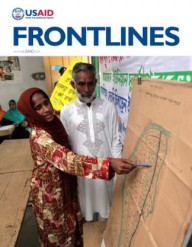

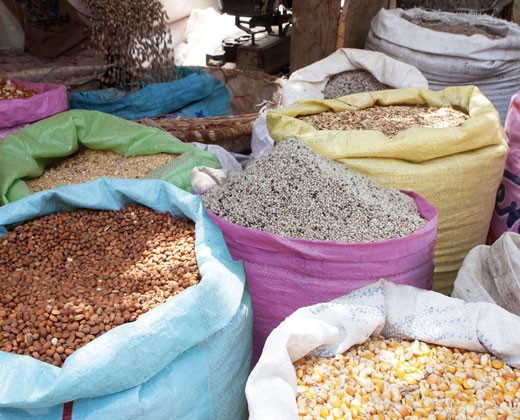
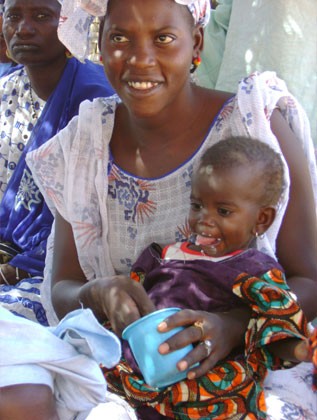
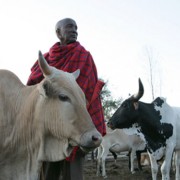
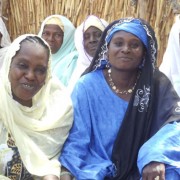
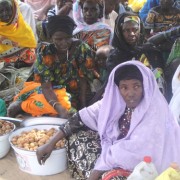
Comment
Make a general inquiry or suggest an improvement.